“Well of course AM wins on sustainability,” one might say. “Just look at milling or turning, where the connection between generating waste and generating profit has been enshrined in its own old chestnut: ‘If you’re not making chips, you’re not making money.’”
And yet, the connection between AM and sustainability is not nearly so simple as this suggests. Does opting for 3D printing always mean using less material or less energy? More importantly, even if AM is more sustainable, how do companies weigh environmental costs against monetary ones? Do manufacturers care about sustainability when their success or failure can be measured in dollars or cents per unit?
To answer these and other questions concerning the relationship between additive manufacturing and sustainability, I sat down with the head of sustainability at EOS, Björn Hannappel, at this year’s RAPID+TCT.
Engineering.com: Can we start with a bit of your background?
Björn Hannappel: So, I started five years ago, and Marie Langer, our CEO, had just started only three months earlier. One of her goals was to establish sustainability as a central topic in the company, and that’s how my role was created. The project I worked on was to create a company purpose. Before that, we stood for innovation and technology, but there was no overarching mission. We conducted workshops globally to understand what our colleagues valued most and, across all regions, sustainability emerged as the top theme.
Pour lire l'article complet : Making additive manufacturing sustainable - Engineering.com

